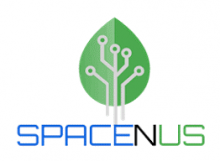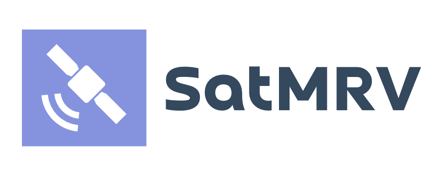
Objectives of the service
Agricultural soil is critical in combating climate change. Soil can capture carbon from the atmosphere and store it in the soil while growing food by using Regenerative Agriculture practices. This not only addresses climate change, but also contributes to agriculture being more resilient to climate change and capable of producing more and better-quality food. Adoption of Regenerative Agriculture involves additional effort, which requires incentives for practice change. Carbon Farming is a technique that "measures Soil Organic Carbon (SOC) and pay farmers for positive change." Now the challenge is – how to measure SOC on a regular basis at cost and scale? Because “if we can't Measure it, we can't Manage it”.
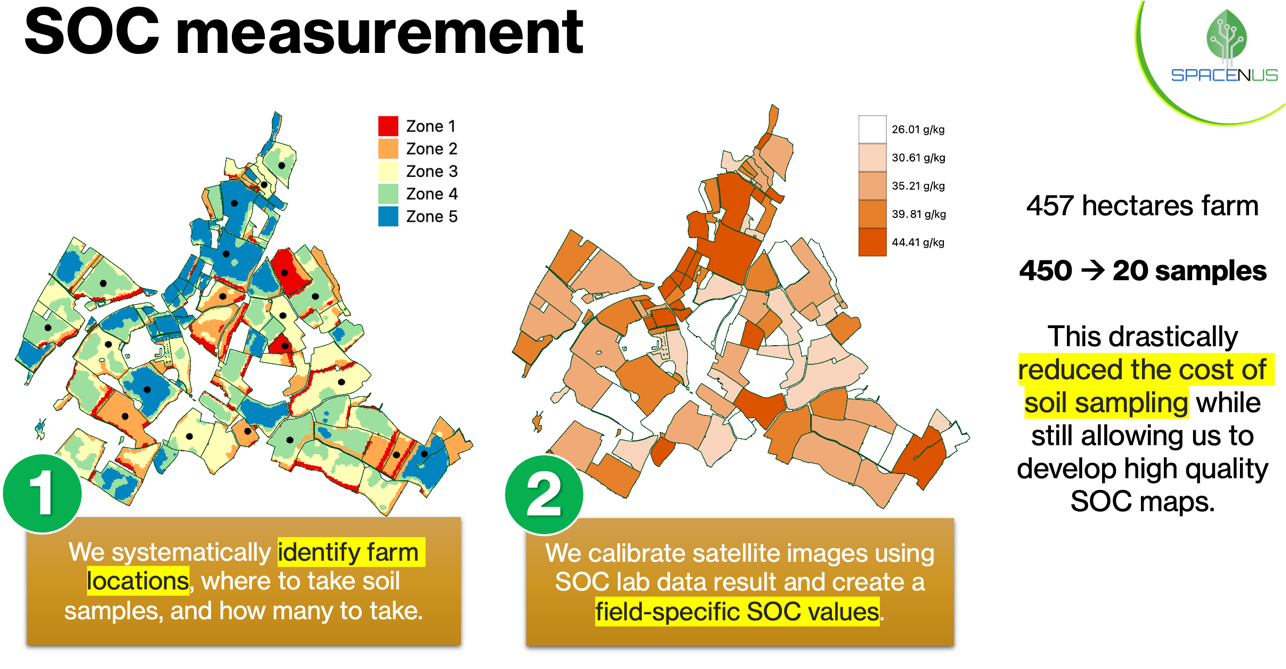
The proposed solution is to generate SOC map for an Area of Interest (AOI) utilizing satellite data and a limited number of strategically collected soil samples. This reduces the cost of SOC measurement by 10X while also significantly improving accuracy, both of which are critical for dependable Soil Organic Carbon MRV (Monitoring, Reporting & Verification) for high quality carbon credit generation.
Users and their needs
Our target customers are the soil carbon project developers who are looking for a cost-effective Monitoring, Reporting & Verification (MRV) services to issue carbon offset credits. Our technology can be also utilized by agriculture and food value chain organizations to monitor their carbon insetting activity outcomes, which makes it much easier to measure your impact.
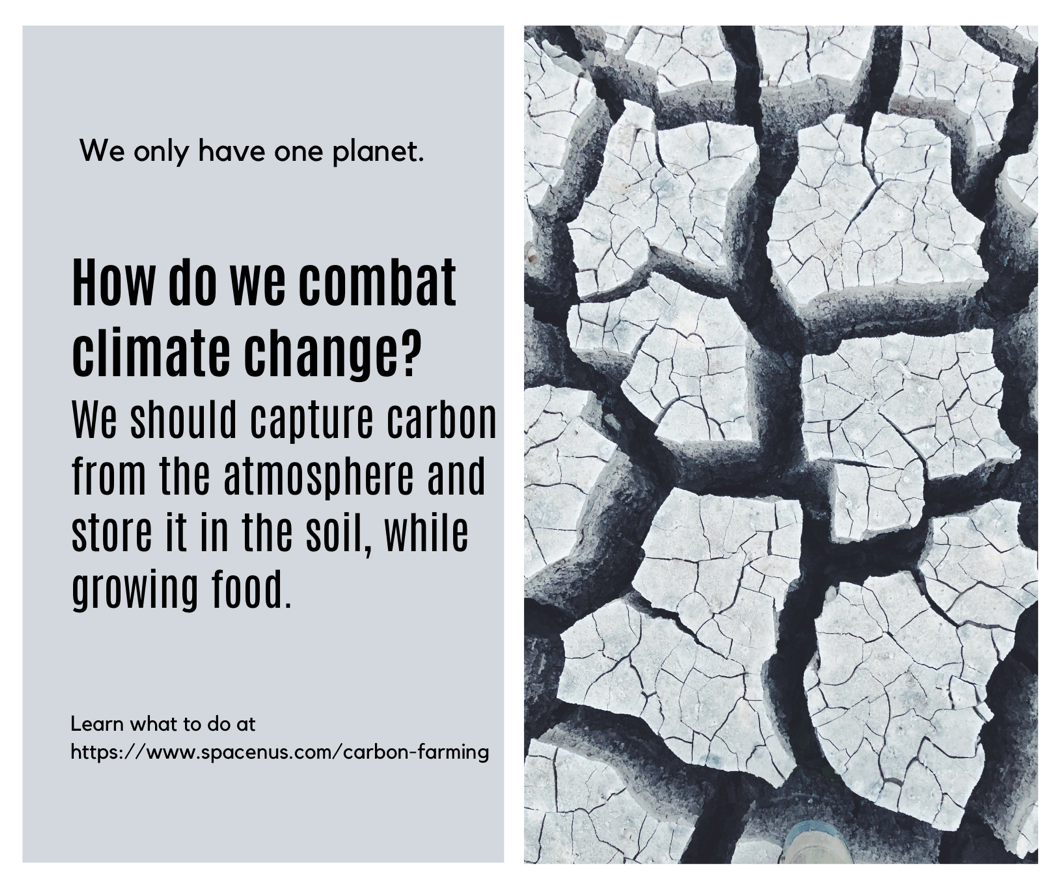
Moreover, agricultural FMIS companies may integrate our service and provide to their farmers, allowing them to monitor and demonstrate the positive outcomes of their regenerative farming practices. Farmers will eventually be able to charge a premium for their produce as a result of this.
Service/ system concept
The solution works like this: At step 1, the user gives us field boundaries and crop history data over the last 5/6 years. Soil productive zones are calculated using satellite imagery and user input. We then choose which fields to sample, where to sample, and how many soil samples to collect in a systematic way. Step 2 involves users collecting soil samples according to our suggestions, sending them to a lab for SOC analysis, and sending us the SOC measurement results. This greatly reduced the cost of soil sampling while providing us with very accurate SOC maps. Step 3 involves using the lab test results to calibrate satellite images and creating a field-scale SOC map for the entire farm, which is then delivered back to the consumers.
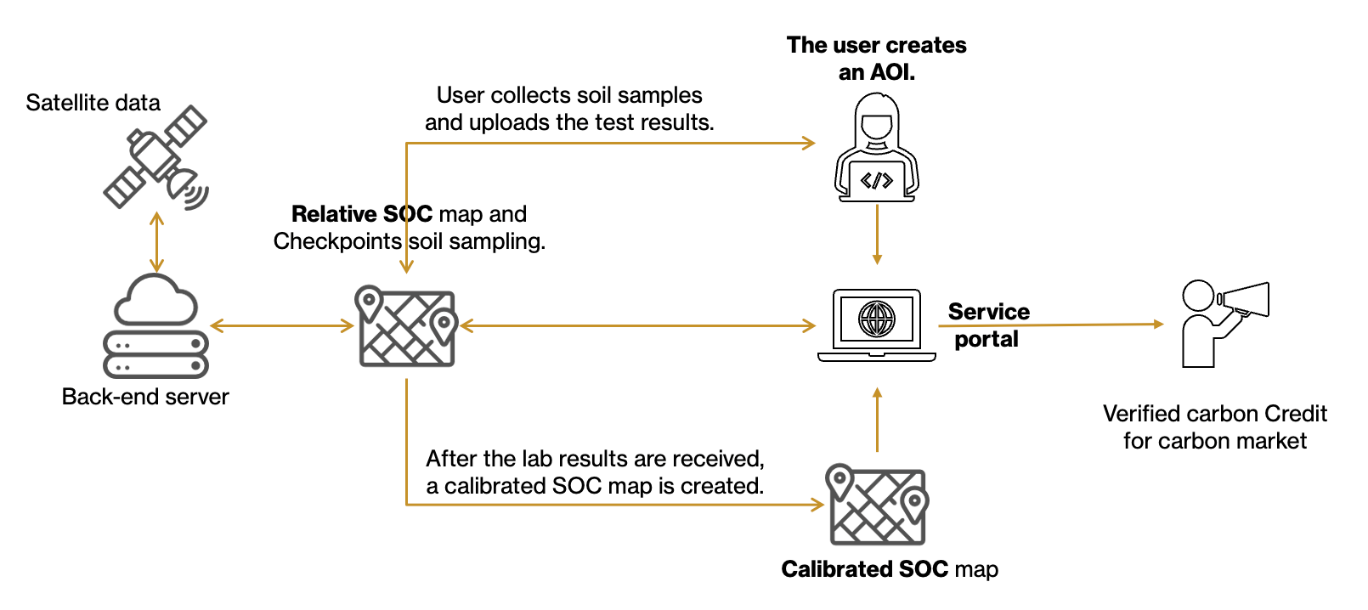
Space Added Value
We generate SOC maps using Sentinel-2 (10 meters resolution) and pansharpened Landsat-8 & 9 imagery (15 meters resolution). Additionally, we provide soil sample locations as coordinates, and to go to the particular spot, positioning services are required, needing a positional precision of less than 10 meters, which existing systems (smartphone navigation) can handle.
Current Status
We have recently completed the kick-start study. According to the feasibility assessment, the potential is enormous. The market is in its early stages, with little competition. If we can provide this service fast, we will have a competitive advantage and a higher market share.
We can currently provide SOC mapping services in Hessen, Germany with a considerable level of accuracy. In order to deliver commercial services, further R&D investment is necessary. We are now preparing for the demonstration phase and have already established key relationships to gain access to critical market channels. We want to begin our demonstration phase in July 2023 and run for 24 months.



